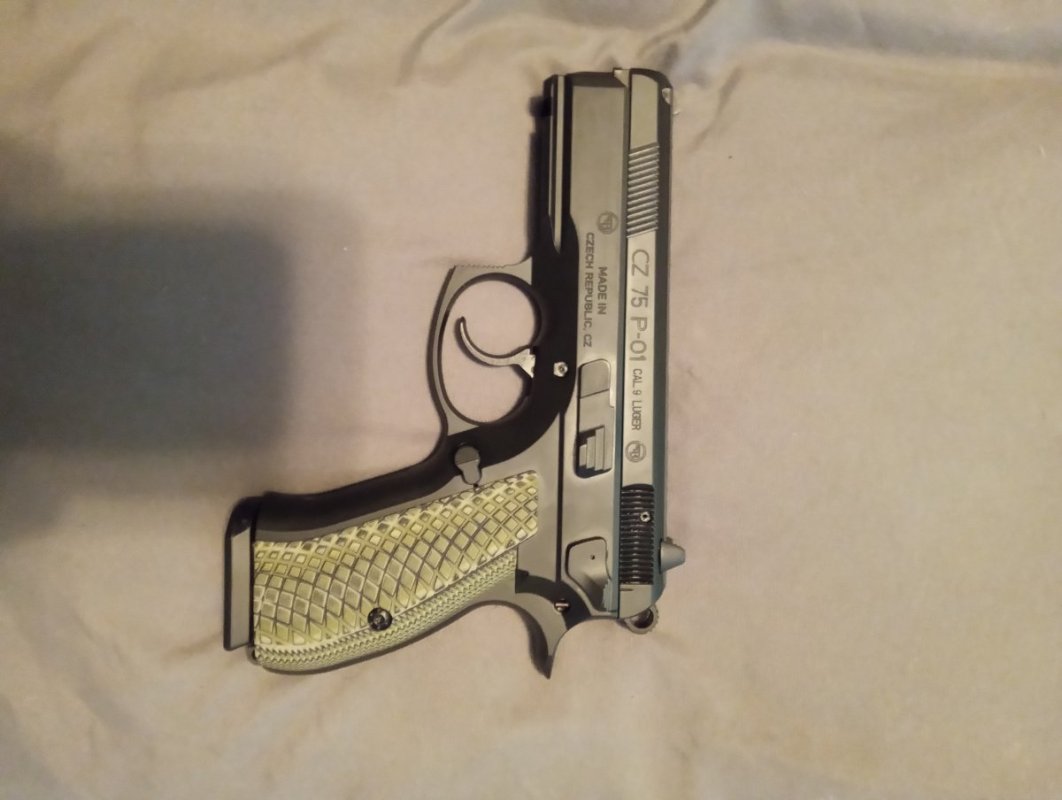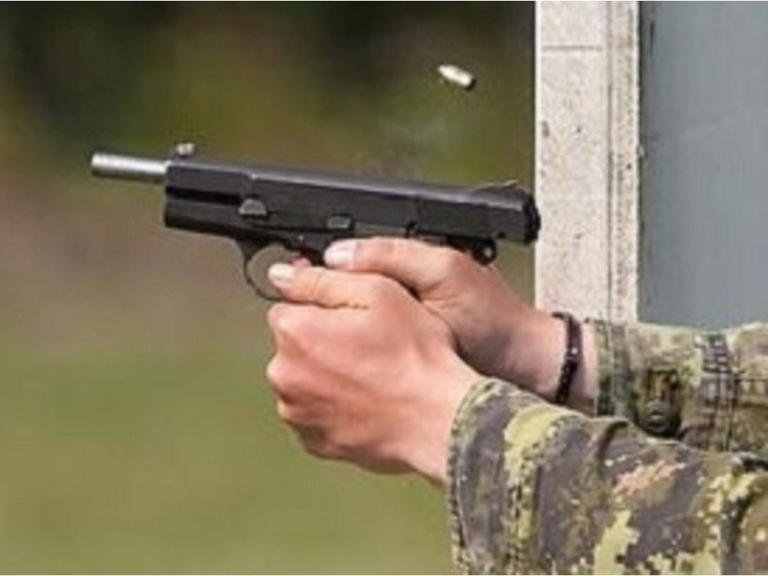In the LPB process, a smooth, freerolling spherical ball is pressed against and rolled along the surface of the workpiece to be burnished, deforming a surface layer into a state of compression.
LPB costs less than does laser shock peening and offers greater depth and stability of the compressive layer, relative to shot peening.

In a single-weapon test conducted with a US military-issue M4A1 carbine, the service life of the current mil-spec bolt with M855 ammunition was approximately 13,000 rounds.
After the application of the LPB process, the service life with M855 ammunition was approximately 26,000 rounds.
The primary cause of bolt failure is cracked locking lugs.
LPB costs less than does laser shock peening and offers greater depth and stability of the compressive layer, relative to shot peening.
In a single-weapon test conducted with a US military-issue M4A1 carbine, the service life of the current mil-spec bolt with M855 ammunition was approximately 13,000 rounds.
After the application of the LPB process, the service life with M855 ammunition was approximately 26,000 rounds.
The primary cause of bolt failure is cracked locking lugs.






